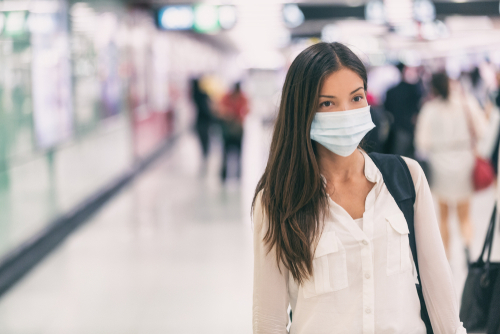
Students at Penn State University (PSU) have created an online tool that will allow New York City to identify which subway stations could be used as areas to combat the spread of COVID-19.
By looking at subway usage and commuter patterns, and aligning them with population and health-related factors like household size and the prevalence of underlying health conditions, the students were able to identify which subway stations in New York would be the best places to set up intervention resources like testing sites, mask and hand sanitizer distribution sites and sites for more frequent cleaning and disinfecting of high touch surfaces.
“Human mobility, including the movement of public transit users, can play a significant role in the spread of infectious diseases like COVID-19,” said Ashkan Negahban, assistant professor of engineering management, Penn State Great Valley. “In today’s world of hyper-connectivity, the actions of public transportation system officials and riders in any city can have dramatic impacts on the outbreak worldwide.”
According to the research, a preliminary analysis showed that the stations that should receive the interventions would be Myrtle-Wyckoff Avenues and 86th Street stations in Brooklyn, and 34th Street-Penn Station in Manhattan.
The group said the dashboard could be adapted for use in other cities, as well.
“Our goal is to help cities make informed and effective decisions related to interventions and control strategies in their public transportation systems for the ongoing COVID-19 pandemic, as well as other future infectious disease outbreaks,” Negahban said.
The project was funded by a grant from Penn State’s Institute for Computational and Data Sciences, as part of the university’s COVID-19 Research Seed Grant Program led by the Huck Institutes of the Life Sciences.